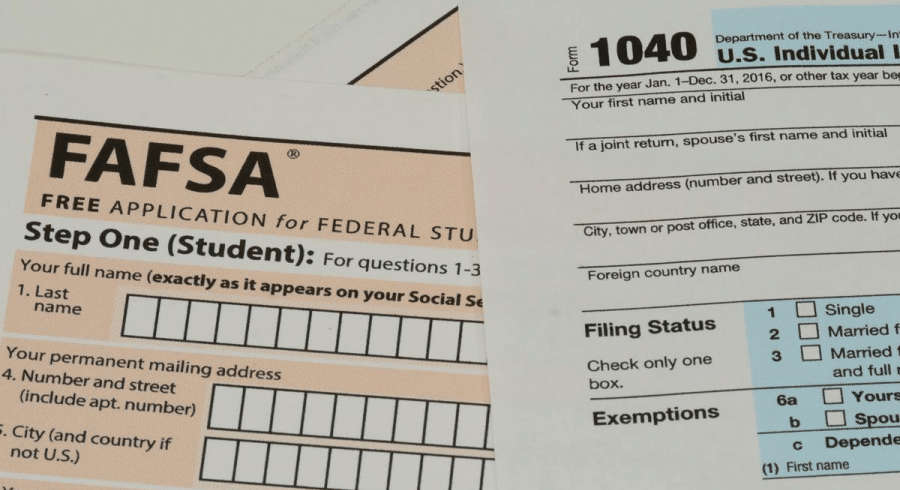When to Exercise Employee Stock Options: Understanding A Cash Exercise and Cashless Exercise
- Diversifying your portfolio and minimizing taxes owed are the goals of reducing concentration in your employer’s equity.
- With stock options, we can manage your position through a cash exercise or a cashless exercise.
- Expert knowledge of rules around ISOs and NSOs, along with broader financial planning considerations, is required to execute the best strategy.
Understanding Your Choices for Exercising Employee Stock Options
Risk management and tax planning are key facets of financial planning. BBoth topics are top of mind when deciding when to exercise employee stock options, particularly with incentive stock options (ISOs) and non-qualified stock options (NSOs). A common though sometimes complicated task is converting employee stock options into cash. You must first exercise the options, then sell them. That means buying shares of company stock at the exercise price. While the buy price may be considerably below the shares’ market price, you still must have the ability to make the purchase.
Factors to Consider: Cash Exercise vs. Cashless Exercise
Employees have two options when it comes to funding the purchase of shares resulting from exercising employee stock options. The decision is based on cashflow, and which “cashless” options are available. For financial planning purposes, it’s often better to exercise using cash so that taxes can be better managed. Knowing when to exercise employee stock options with a cash approach can help in avoiding high taxes.
There are times, however, when a cashless exercise is necessary – this happens when the employee does not have sufficient cash on hand to fund the exercise costs. Moreover, concentration risk and grant expiration deadlines sometimes result in the need to perform a cashless exercise.
A Cash Exercise: Ideal Scenarios
As we mentioned, an exercise using existing cash is ideal. It does not force us into a potentially expensive tax bill, but it can result in maximum exposure to your employer’s stock. Thus, after purchasing shares, we must diligently manage your concentrated stock position. Understanding when to exercise employee stock options with cash can help maintain a balanced portfolio and manage tax implications.
There are six ways to generate cash for a stock option exercise and share purchase:
- Cash from savings and brokerage accounts. This is the simplest method and makes performing the entire transaction straightforward. If you have ample cash or investments in low-risk money market or bond funds, then we can simply use that money to pay for shares resulting from executing stock options.
- A Schwab Pledged Asset Line. Our clients can borrow money using a credit line available through Schwab Bank. Lending rates are favorable compared to what you will find elsewhere in the market since you are leveraging the value of your investments. Only taxable (non-retirement) accounts are eligible, however.
- Margin against assets in a taxable account. A stock margin loan works like the Schwab Pledged Asset Line. Most brokerage companies make the option available to customers, but some platforms charge higher interest rates, so we must read the fine print to determine if it’s an ideal choice.
- Sell securities. Selling stocks and funds to raise cash could work so long as it does not result in a large capital gains tax liability. We also do not want to drastically change your asset allocation.
- Tap a home equity line of credit. Similar to borrowing against the value of securities, your residence can be used to shore up liquidity.
- Access cash from an online platform. With today’s financial technology, there are sites dedicated to providing funding for exercising options within certain startup companies.
A Cashless Exercise: When It’s Necessary
Now let’s say that a cash exercise is not feasible. With a cashless exercise, employers are sometimes able to offer a short-term loan so that the employee can exercise options. There are potential transaction costs and tax impacts with this choice, though, since the company might have to “sell to cover” for you – that means shares are automatically sold to generate cash to pay for the entire transaction. Deciding when to exercise employee stock options with a cashless method is often about necessity and managing immediate financial constraints.
When equity is sold, a taxable event usually triggers. ISOs, if sold immediately, are treated as compensation income, known as a disqualifying disposition. Unlike NSOs, you do not owe employment taxes (Social Security and Medicare) when executing ISOs. It is important to bear in mind that your employer is not required to withhold any taxes for you, but income tax will be due on the tax filing deadline. With NSOs, the employer typically withholds all taxes, and employment taxes are owed.
A Final Choice: Wait It Out
A third option when looking to exercise stock options is to simply wait until you have built up enough cash to fund a cash exercise. If doing so would only take a few months, then that can be a wise play to balance the concentration risk of having exposure to a single company’s stock while avoiding a potentially hefty tax bill. Knowing when to exercise employee stock options involves timing, financial readiness, and market conditions.
The Bottom Line: Making the Right Decision
A cash exercise is an ideal way to pay for shares when exercising employee stock options. There are fewer tax landmines to avoid, and the transactions are relatively simple. A cashless exercise involves having to sell enough shares to cover the cost of the exercise; you then retain any shares not needed for the cost of exercising. Of course, a combination of the two options is another strategy.
In all events, it’s our goal to help you diversify your assets and manage your tax risk. The Archer team specializes in helping tech industry professionals with all their financial planning needs so that you can reach financial freedom. Click here to schedule a phone call, and please visit us at Archer Investment Management.







